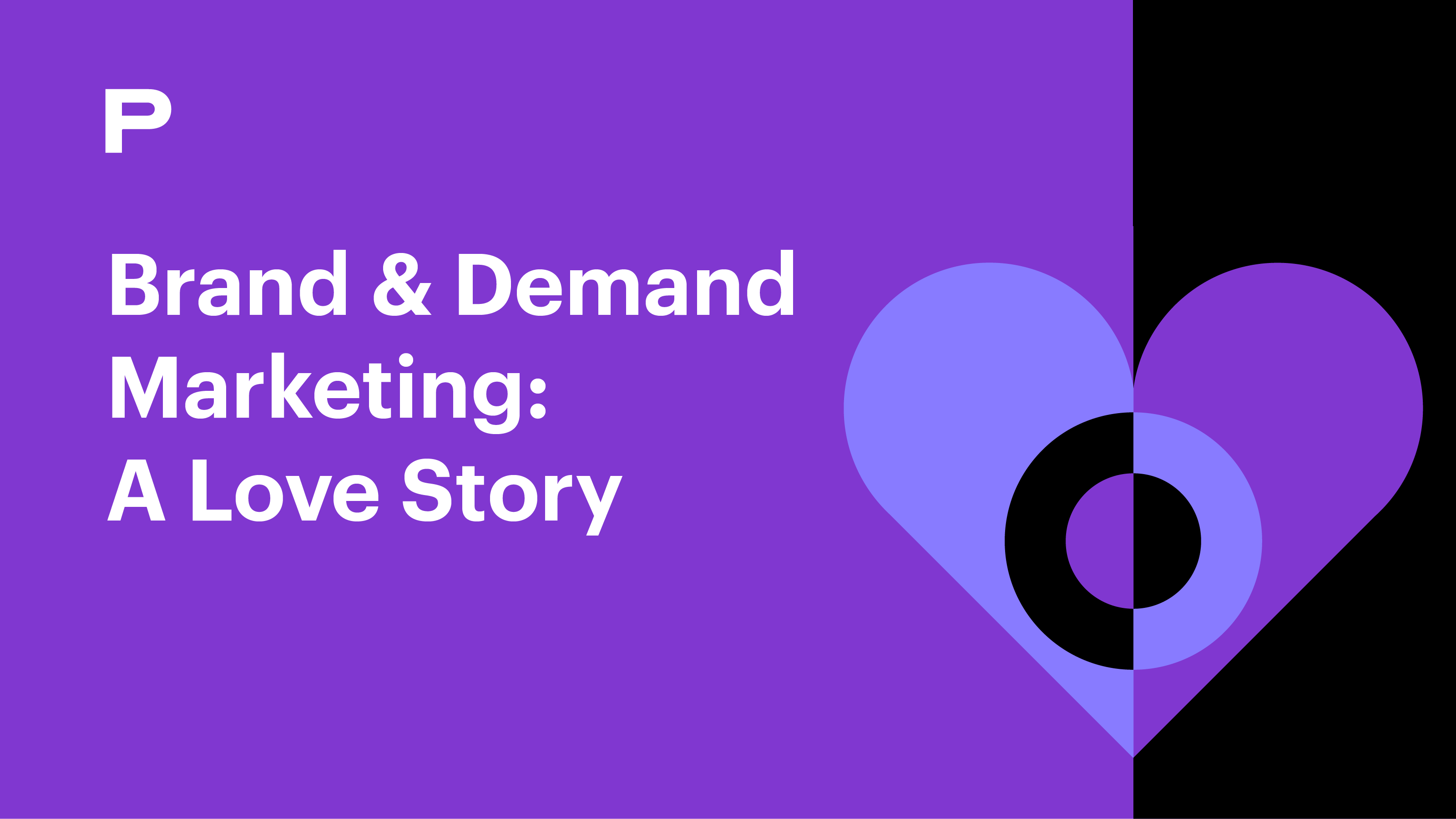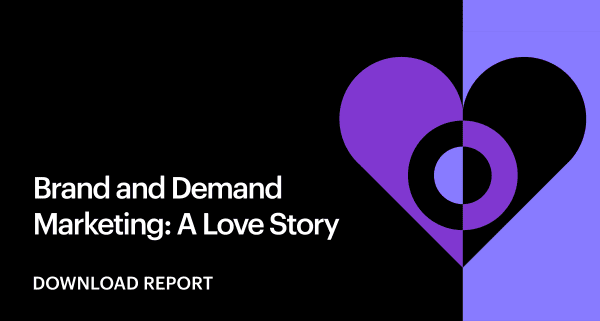BLOG
Into the Metaverse: How Should Brands Engage Today?
It’s not quite here. But brands need to know whether they intend to tiptoe, dabble or dive right into Web 3.0.
Many of us have been living in a world that feels a bit like Microsoft’s metaverse for the past two years. From Outlook and Teams to LinkedIn and Xbox, Microsoft has built a growing network of digital experiences that keep many of us in its ecosystem throughout much of daily life.
While the experiences don’t yet connect to form the fully immersive digital world deemed a “metaverse” it’s clear they are well-positioned to become a key player. Recently, this ecosystem got a monumental reinforcement in the form of the biggest acquisition in the company’s history: A near $70B acquisition of Activision Blizzard, one of the largest video game developers and publishers in the world. Through this move, the embattled Activision Blizzard will receive a lifeline from Microsoft in exchange for the developer’s hits, including “Call of Duty,” “World of Warcraft” and “Candy Crush.”
Microsoft is not the first tech firm to make a significant move toward the metaverse, with digital players increasingly positioning for this future. From Facebook rebranding their parent company to Meta, to Snap acquiring a host of augmented reality companies, many digital companies see the metaverse as the next frontier.
These companies are recognizing the significant shift in how consumers are engaging with digital platforms and are placing huge value on the impact these platforms can have with Gen Z and beyond. But with the metaverse arms race accelerating and the benefits of digital engagements clear, how can brands win in these new worlds as they continue to develop?
Brands Building Digital DNA
As the metaverse continues to unfold, brands shouldn’t wait to start engaging. Early adopters will earn an advantage by diving in with the platforms today, building native credibility in a market skeptical of brands, while gaining a competitive edge on brands that are slower to adopt this next frontier.
Brands that wait until the platform reaches consumer saturation will not drive incremental benefit beyond that of an additional ad channel – the opportunity in the metaverse is much more significant. There is no better way to prepare your brand for the future than to jump in now and refine your digital strategy and presence as you go.
To help with this transition, Prophet has identified three key brand strategy questions to consider:
How Can Your Brand Meet a Need in Consumers’ Digital Lives?
Brands entering these virtual worlds shed their physical limitations and have an opportunity to rethink the value they provide to their consumers. The companies that win in this space are the ones that create experiences to meet a need within this digital ecosystem while reinforcing the brand equity strengths carried through from the physical world.
Nike was able to answer this question in preparation for the introduction of NIKELAND on Roblox, clearly identifying that they would be able to support consumers in digitally expressing themselves, both in lifestyle and clothing.
How Might Your Brand Come to Life Within a New Digital Environment?
The metaverse creates immersive opportunities for brands to build relationships in real-time, beyond the bounds of the sequential conversations that dominate social media. In the metaverse, brands must be wholly authentic and dynamically engaging – and the ones able to strategically translate their voice, imagery and experiences into this context will earn new levels of consumer favor.
While AI-based conversational technology is yet to be widely utilized by brands, we can look to advanced virtual assistants like Amazon’s Alexa or Samsung’s Bixby for inspiration on how brands will soon be capable of continuous, real-time conversations with consumers. These dynamic and infinite touchpoints will demand continuous on-strategy voice and tone to build brands within these new platforms.
Ultimately, How is Your Brand Going to Commercialize the Metaverse?
Commercialization in these digital spaces goes beyond anything possible today. It’s more than just selling products – digital engagements provide an unparalleled opportunity for collaborations and completely immersive branded experiences on platforms where creators have the most power.
As augmented reality blurs the lines between reality and technology, brands will have unprecedented context for consumers’ daily lives and will need to commercialize themselves in ways that feel authentic and value-added. When brands overstep their bounds or present themselves in overly commercialized or sales-focused contexts, consumers will perceive the integrations as creepy and reject the offerings entirely.
“The companies that win in this space are the ones that create experiences to meet a need within this digital ecosystem while reinforcing the brand equity strengths carried through from the physical world.”
FINAL THOUGHTS
Metaverse-defining moves like Microsoft’s acquisition of Activision Blizzard will only accelerate as both big tech incumbents and forward-thinking startups converge in this next evolution of our internet.
Prophet’s Technology, Media and Telecom team has partnered with metaverse pioneers, and we’d love to help you think through these key questions as you consider your brand’s strategy within these new worlds. Whether you’re a traditionally analog brand looking to connect with Gen Z or a digitally native brand accelerating growth through new channels, let’s chat about how you can become a leader in this next phase of digital consumption.
















